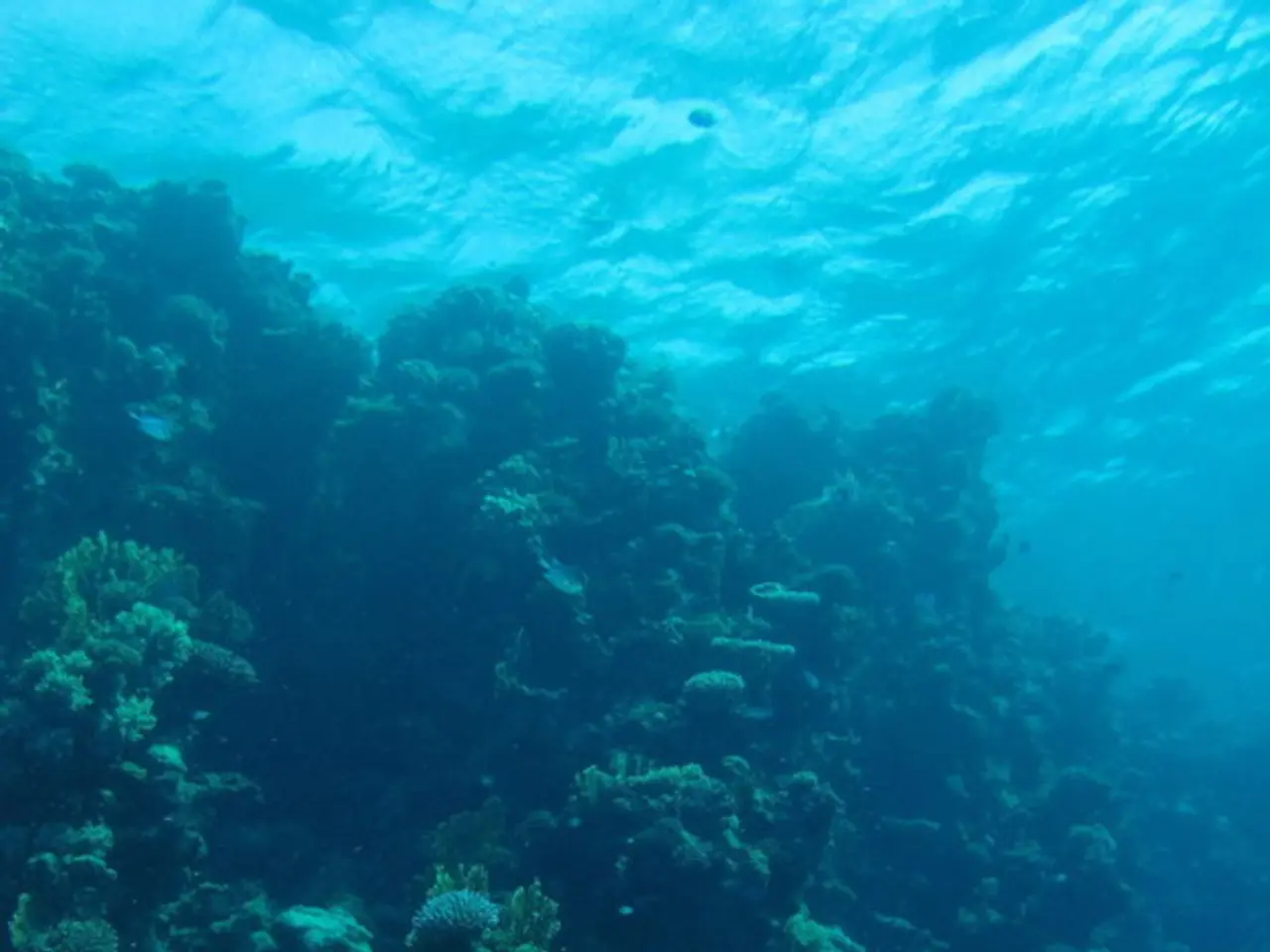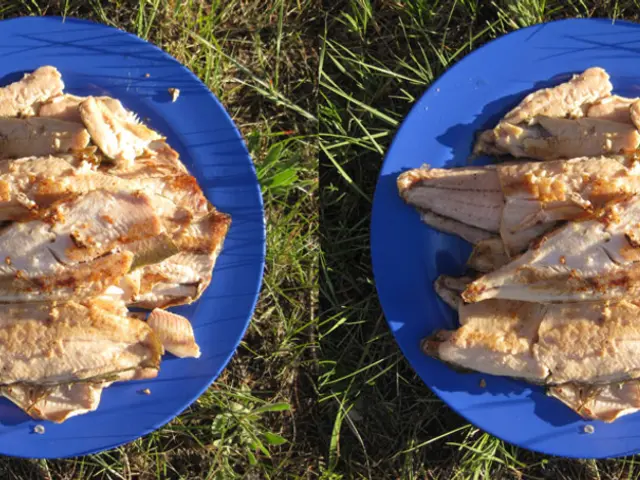Farming Seaweed in Southern California's Ocean Rainforests
In the Faroe Islands and Santa Barbara, California, a pioneering seaweed company named Ocean Rainforest is making waves in the aquaculture community. Led by Chief Research Officer Javier Infante, who combines his marine biology and engineering expertise, Ocean Rainforest employs advanced farming techniques to grow, process, and develop new products with giant kelp.
One such innovative application of giant kelp is found in a new slaw recipe, part of NOAA's Tide to Table series. This series aims to highlight members of the aquaculture community and provide valuable jobs while increasing access to fresh, sustainably sourced American seafood.
The slaw recipe, which showcases the versatility of giant kelp as a food source, involves simple ingredients. Shredded green cabbage, julienned carrots, chopped green onions, toasted sesame seeds, and, most notably, fresh kelp sourced from Ocean Rainforest. The kelp is julienned for the perfect crunch in every bite.
The dressing, a harmonious blend of rice wine vinegar, olive oil, honey, grated fresh ginger, soy sauce, and lime juice, is drizzled onto the slaw mixture and mixed well before enjoying.
Ocean Rainforest's farming practices align perfectly with the slaw's eco-friendly ethos. The company seeds ropes with microscopic seaweeds and deploys them directly in the open ocean, growing the kelp on longlines suspended in the water column. This method does not require fresh water, fertilizer, or pesticides, making it an environmentally friendly choice.
Moreover, scientists, including Infante, are exploring how kelp interacts with the marine environment. Preliminary research suggests that not only is all wild and farmed kelp highly effective at absorbing carbon into its tissues, but it may also have implications for reducing greenhouse gas emissions. For instance, cattle fed on a seaweed diet may produce less methane.
Ocean Rainforest's commitment to sustainability extends beyond its farming practices. The organisation engages with local communities and stakeholders, fostering collaboration and maintaining transparency. This approach ensures the continued success of their operations and the health of our oceans.
So, next time you're looking for a refreshing, sustainable, and delicious slaw recipe, give the giant kelp slaw a try. Not only will you be supporting a company that's making a difference, but you'll also be enjoying a unique and tasty dish that showcases the potential of this remarkable marine resource.
Read also:
- Rising state pension ages disproportionately impact a particular demographic, raising questions about the necessity of extending working years.
- Increase in mortality among seniors due to falls
- Inquiries Frequently Encountered
- Greece pursuing building techniques without the use of traditional heating methods







